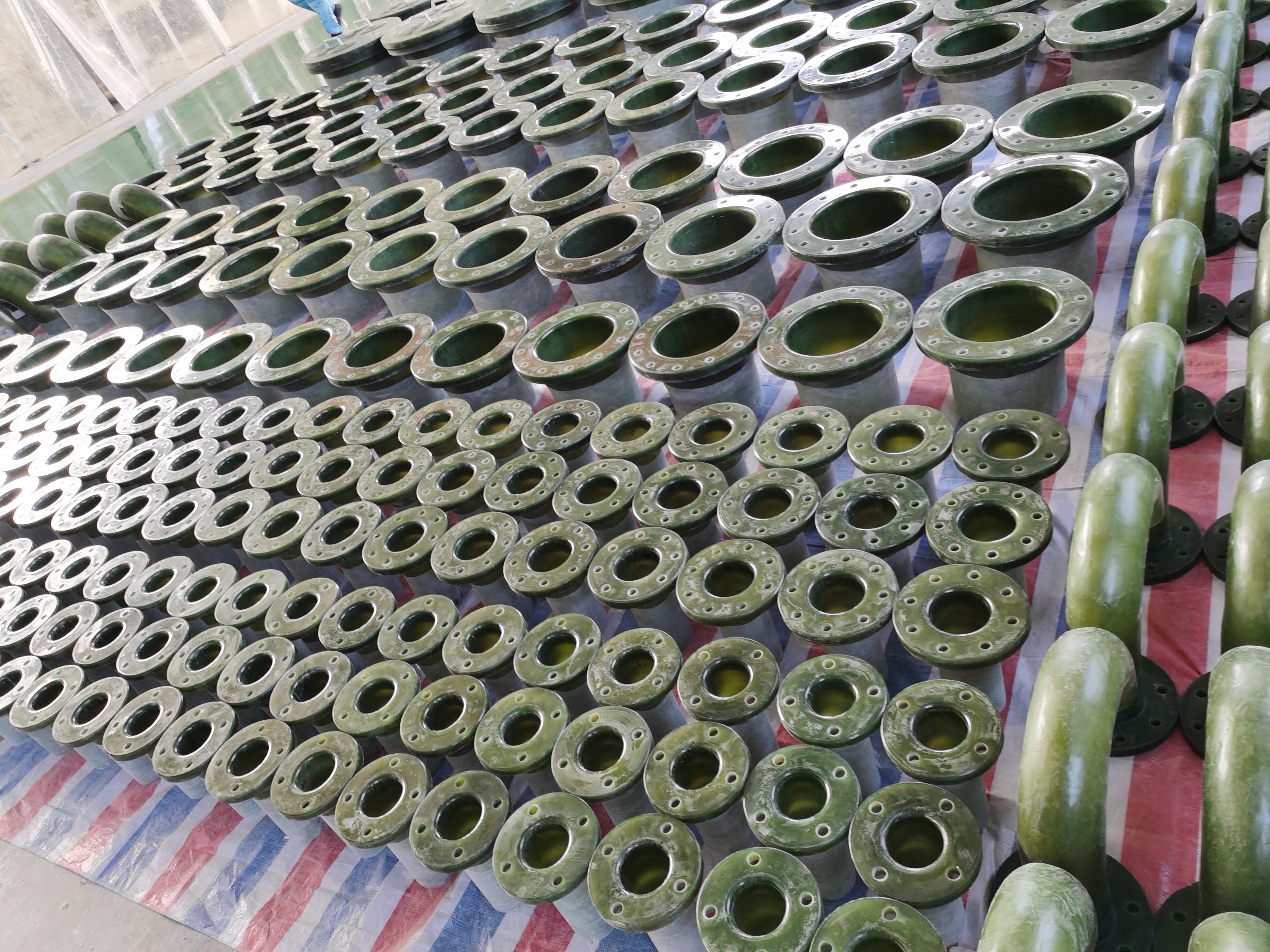
-
 Afrikaans
Afrikaans -
 Albanian
Albanian -
 Amharic
Amharic -
 Arabic
Arabic -
 Armenian
Armenian -
 Azerbaijani
Azerbaijani -
 Basque
Basque -
 Belarusian
Belarusian -
 Bengali
Bengali -
 Bosnian
Bosnian -
 Bulgarian
Bulgarian -
 Catalan
Catalan -
 Cebuano
Cebuano -
 China
China -
 China (Taiwan)
China (Taiwan) -
 Corsican
Corsican -
 Croatian
Croatian -
 Czech
Czech -
 Danish
Danish -
 Dutch
Dutch -
 English
English -
 Esperanto
Esperanto -
 Estonian
Estonian -
 Finnish
Finnish -
 French
French -
 Frisian
Frisian -
 Galician
Galician -
 Georgian
Georgian -
 German
German -
 Greek
Greek -
 Gujarati
Gujarati -
 Haitian Creole
Haitian Creole -
 hausa
hausa -
 hawaiian
hawaiian -
 Hebrew
Hebrew -
 Hindi
Hindi -
 Miao
Miao -
 Hungarian
Hungarian -
 Icelandic
Icelandic -
 igbo
igbo -
 Indonesian
Indonesian -
 irish
irish -
 Italian
Italian -
 Japanese
Japanese -
 Javanese
Javanese -
 Kannada
Kannada -
 kazakh
kazakh -
 Khmer
Khmer -
 Rwandese
Rwandese -
 Korean
Korean -
 Kurdish
Kurdish -
 Kyrgyz
Kyrgyz -
 Lao
Lao -
 Latin
Latin -
 Latvian
Latvian -
 Lithuanian
Lithuanian -
 Luxembourgish
Luxembourgish -
 Macedonian
Macedonian -
 Malgashi
Malgashi -
 Malay
Malay -
 Malayalam
Malayalam -
 Maltese
Maltese -
 Maori
Maori -
 Marathi
Marathi -
 Mongolian
Mongolian -
 Myanmar
Myanmar -
 Nepali
Nepali -
 Norwegian
Norwegian -
 Norwegian
Norwegian -
 Occitan
Occitan -
 Pashto
Pashto -
 Persian
Persian -
 Polish
Polish -
 Portuguese
Portuguese -
 Punjabi
Punjabi -
 Romanian
Romanian -
 Russian
Russian -
 Samoan
Samoan -
 Scottish Gaelic
Scottish Gaelic -
 Serbian
Serbian -
 Sesotho
Sesotho -
 Shona
Shona -
 Sindhi
Sindhi -
 Sinhala
Sinhala -
 Slovak
Slovak -
 Slovenian
Slovenian -
 Somali
Somali -
 Spanish
Spanish -
 Sundanese
Sundanese -
 Swahili
Swahili -
 Swedish
Swedish -
 Tagalog
Tagalog -
 Tajik
Tajik -
 Tamil
Tamil -
 Tatar
Tatar -
 Telugu
Telugu -
 Thai
Thai -
 Turkish
Turkish -
 Turkmen
Turkmen -
 Ukrainian
Ukrainian -
 Urdu
Urdu -
 Uighur
Uighur -
 Uzbek
Uzbek -
 Vietnamese
Vietnamese -
 Welsh
Welsh -
 Bantu
Bantu -
 Yiddish
Yiddish -
 Yoruba
Yoruba -
 Zulu
Zulu
frp grating
Understanding Fiber Reinforced Polymer (FRP) Grating Applications, Benefits, and Future Trends
Fiber Reinforced Polymer (FRP) grating has emerged as a revolutionary material in various industrial applications, thanks to its unique properties and advantages over traditional materials. Composed of a polymer matrix reinforced with fibers, typically glass or carbon, FRP grating offers lightweight, durable, and corrosion-resistant solutions ideal for multiple environments. In this article, we will explore the key attributes of FRP grating, its applications, and future trends in the industry.
Key Attributes of FRP Grating
FRP grating is recognized for its outstanding strength-to-weight ratio. This characteristic enables structures to be designed with lower mass while maintaining strength and performance. Additionally, FRP grating is intrinsically resistance to corrosion, making it particularly suitable for environments where conventional materials like steel would deteriorate over time due to exposure to chemicals or moisture.
Moreover, FRP grating is non-conductive and non-magnetic, making it an excellent choice for electrical installations and environments where equipment may be sensitive to electromagnetic interference. Its low thermal conductivity also ensures that it remains stable across a wide range of temperatures, providing consistent performance under varied conditions.
Furthermore, FRP grating is highly customizable, allowing manufacturers to design products that meet specific load-bearing and slip-resistant requirements. This customization can include varying the resin types, fiber compositions, and even the color and texture of the surface.
Applications of FRP Grating
FRP grating finds extensive applications across different sectors, with notable utilization in industries such as construction, oil and gas, water treatment, and pharmaceuticals. One of the primary applications is in walkways, platforms, and stair treads, where slip resistance and weight savings are crucial for safety and efficiency.
frp grating

In the oil and gas sector, FRP grating is used for offshore platforms, refineries, and chemical processing plants due to its ability to withstand harsh chemical exposures and harsh environmental conditions. Water treatment facilities also leverage FRP grating for walkways and filtration systems, benefiting from its corrosion resistance and longevity, which reduces maintenance costs over time.
The pharmaceutical industry recognizes the importance of hygiene and safety, making FRP grating an appealing choice for cleanroom applications, where it must meet strict regulatory standards. The non-porous surface of FRP prevents the accumulation of dirt and contaminants, ensuring a sterile environment.
Additionally, FRP grating is increasingly utilized in the renewable energy sector. Wind turbines and solar farms require lightweight yet strong materials for platforms and access roads, and FRP grating fits this requirement perfectly, promoting sustainability and efficiency.
Future Trends in FRP Grating
As technology advances, the future of FRP grating looks promising. Innovations in materials science may lead to even stronger and more durable composites, improving the overall performance of FRP products. Smart materials embedded with sensors for monitoring structural integrity are also on the horizon, providing real-time data on the condition of installations.
The growing emphasis on sustainability and environmentally friendly materials will likely drive further research into bio-based resins and recyclable composites for FRP grating. Such developments can minimize environmental impact while maintaining the material's key benefits.
Moreover, the increasing focus on infrastructure resilience, especially in response to climate change, suggests a growing demand for materials like FRP that can withstand extreme weather conditions, promote safety, and provide longevity.
In conclusion, FRP grating is a material solution that is reshaping the landscape of numerous industries due to its unique properties. As its applications continue to expand and new innovations emerge, FRP grating stands at the forefront of modern engineering solutions, promising a reliable future for infrastructure and industrial applications worldwide.









